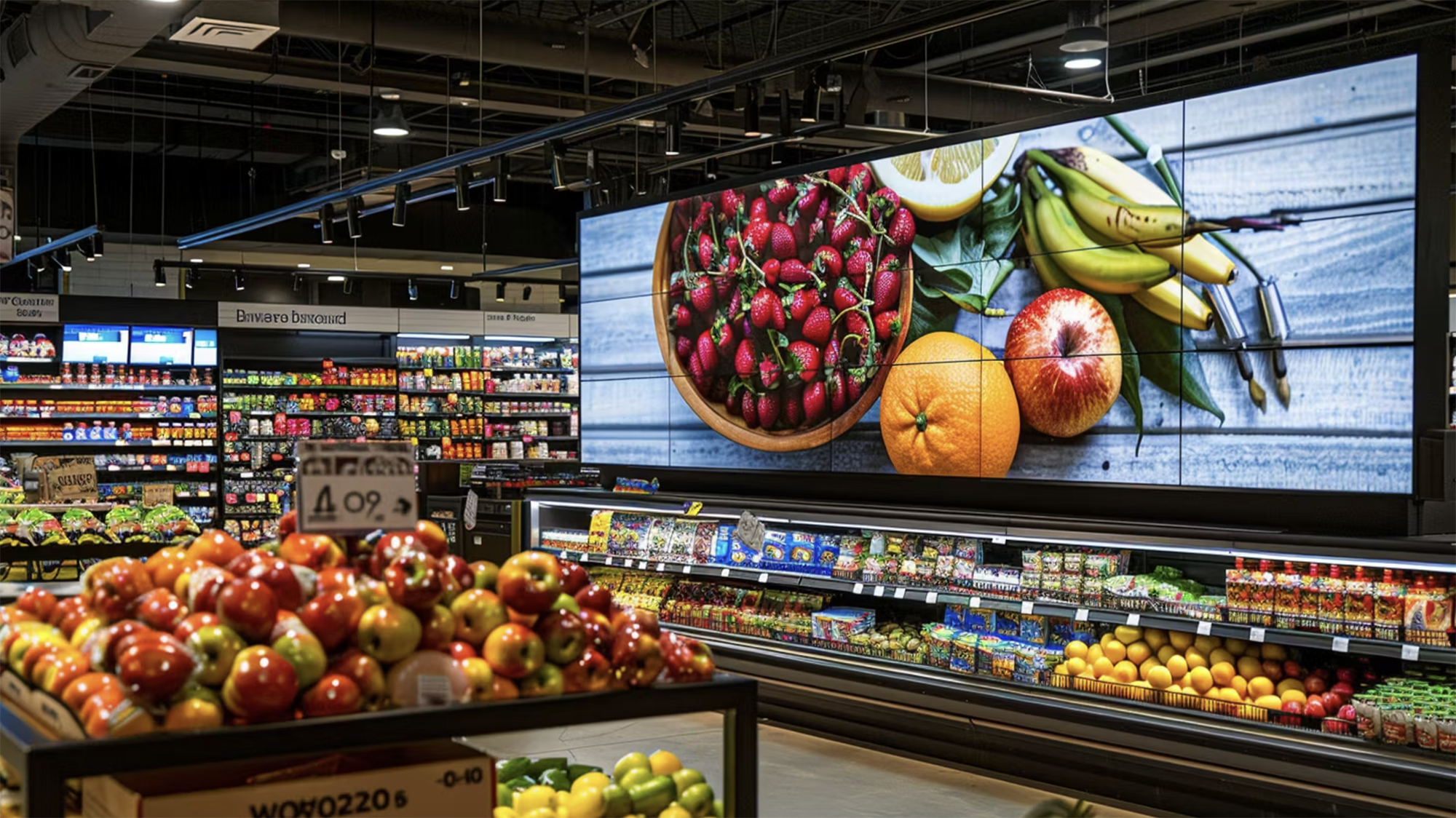Amazon Surpasses Expectations with Impressive Revenue Growth and Cost Optimization

At a Glance
- Amazon's worldwide net sales reached a staggering $127.4 billion, representing a 9% year-over-year increase
- Amazon witnessed accelerated revenue growth in its International segment
- Amazon's advertising services also experienced substantial growth, with a revenue increase of 23% year-over-year
- Within its Amazon Web Services (AWS) division, the company reported net sales of $21.4 billion
- Amazon's strong financial performance translated into an operating income of $4.8 billion
Amazon's Q1 FY 2023 Financial Overview
Amazon, the global e-commerce and technology giant, announced its impressive financial results for the first quarter of FY 2023. With a focus on revenue growth, cost optimization, and strategic investments, Amazon showcased its ability to adapt to changing market dynamics and customer demands.
In Q1 FY 2023, Amazon's worldwide net sales reached a staggering $127.4 billion, representing a 9% year-over-year increase. These figures exceeded the top end of the company's guidance range, highlighting its robust performance.
Strategic Expansion and Consumer Behavior
Throughout the first quarter, Amazon witnessed accelerated revenue growth in its International segment, benefiting from the easing macroeconomic pressures in Europe. The company's commitment to competitive pricing, expansive selection, and enhanced convenience, including improved delivery speeds, resonated well with customers across geographies. Despite the ongoing economic uncertainties and inflationary pressures, Amazon remained committed to delivering value and helping customers stretch their budgets.
Amazon has been making efforts to expand its presence in the grocery sector. The company has a significant grocery business, focusing primarily on non-perishable items such as canned goods, packaged food, paper products, pet supplies, personal care, health, and beauty products. Despite the cautious spending behavior of consumers in the current environment, the demand for consumables has remained strong. Amazon is pleased with this aspect of its grocery business, which caters to a wide range of customer needs. To further enhance its grocery offerings, Amazon has pursued two main strategies. First, it acquired Whole Foods, a pioneer in the organic grocery space, which has shown positive growth and profitability. Second, Amazon has been working on developing its own mass physical offering called Amazon Fresh.
“We continue to believe -- it’s a big business for us today. It’s continuing to get bigger, but we believe we have the opportunity for it to be much larger for Amazon and where we can help customers more broadly,” mentioned Amazon’s CEO, Andy Jassy, in a recent earnings call while speaking about the company’s focus on the grocery sector. “And I think having that physical presence, we will also have the ability both to be able to serve the grocery products they come for as well as store some other pieces and help customers across some other product lines as well.”

The company observed moderated spending in discretionary categories, with customers showing a preference for lower-priced items and demonstrating robust demand for everyday essentials, including consumables and beauty products. Leveraging its extensive network of third-party sellers, Amazon enhanced its selection and fulfilled 59% of overall unit sales through these sellers in Q1, demonstrating the strong collaboration between the platform and its partners.
Advertising and AWS Division Growth
Amazon's advertising services also experienced substantial growth, with a revenue increase of 23% year-over-year (excluding the impact of foreign exchange rate changes). The sponsored product and brand offerings played a pivotal role in driving this growth, as Amazon worked closely with advertisers to facilitate informed purchase decisions for customers. The company's investment in machine learning and comprehensive measurement capabilities empowered advertisers to gauge the return on their advertising spend and contribute to the growth of their businesses.
Within its Amazon Web Services (AWS) division, the company reported net sales of $21.4 billion for Q1, representing a 16% year-over-year increase. Recognizing the ongoing economic uncertainty, Amazon acknowledged customers' pursuit of cost savings and actively supported them in optimizing their cloud spending. AWS sales and support teams dedicated substantial efforts to assist customers in adjusting their resource allocation while maintaining a customer-centric approach aimed at long-term relationships.
Operational Highlights and Future Investments
Amazon's strong financial performance translated into an operating income of $4.8 billion for the first quarter. The company's focus on enhancing productivity and optimizing its fulfillment network resulted in year-over-year growth in stores revenue and unit sales that outpaced the growth in fulfillment expenses and outbound shipping costs. By transitioning its U.S. fulfillment network to a regionalized model, Amazon aimed to improve delivery speed and cost efficiency, ultimately enhancing the customer experience. For a deeper understanding of Amazon's journey, you can refer to their major milestones in 2022.
During the first quarter, Amazon reported a net income of $3.2 billion. As part of its long-term growth strategy, Amazon remains committed to building sustainable free cash flow and optimizing its capital investments. The company expects capital investments for 2023 to be lower than the previous year, primarily driven by decreased fulfillment network investments. Additionally, Amazon continues to invest in infrastructure to support the evolving needs of AWS customers, including investments in large language models and generative AI.


.png)





.png)


